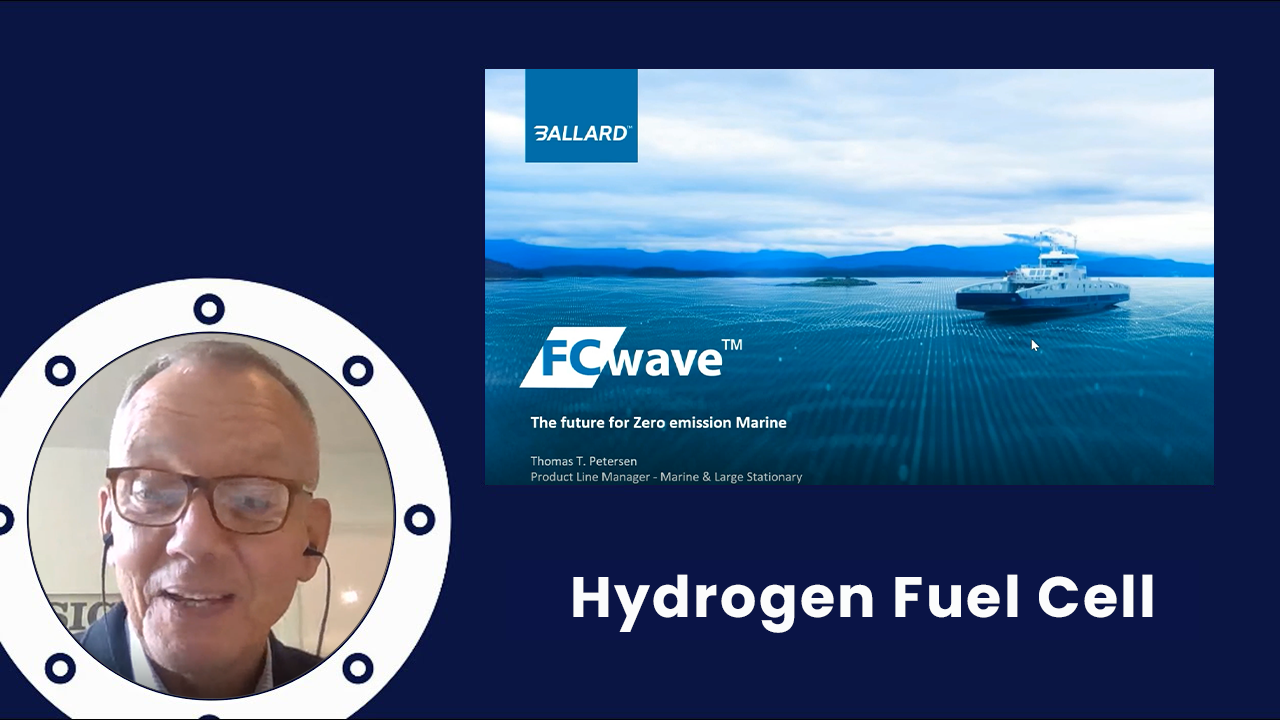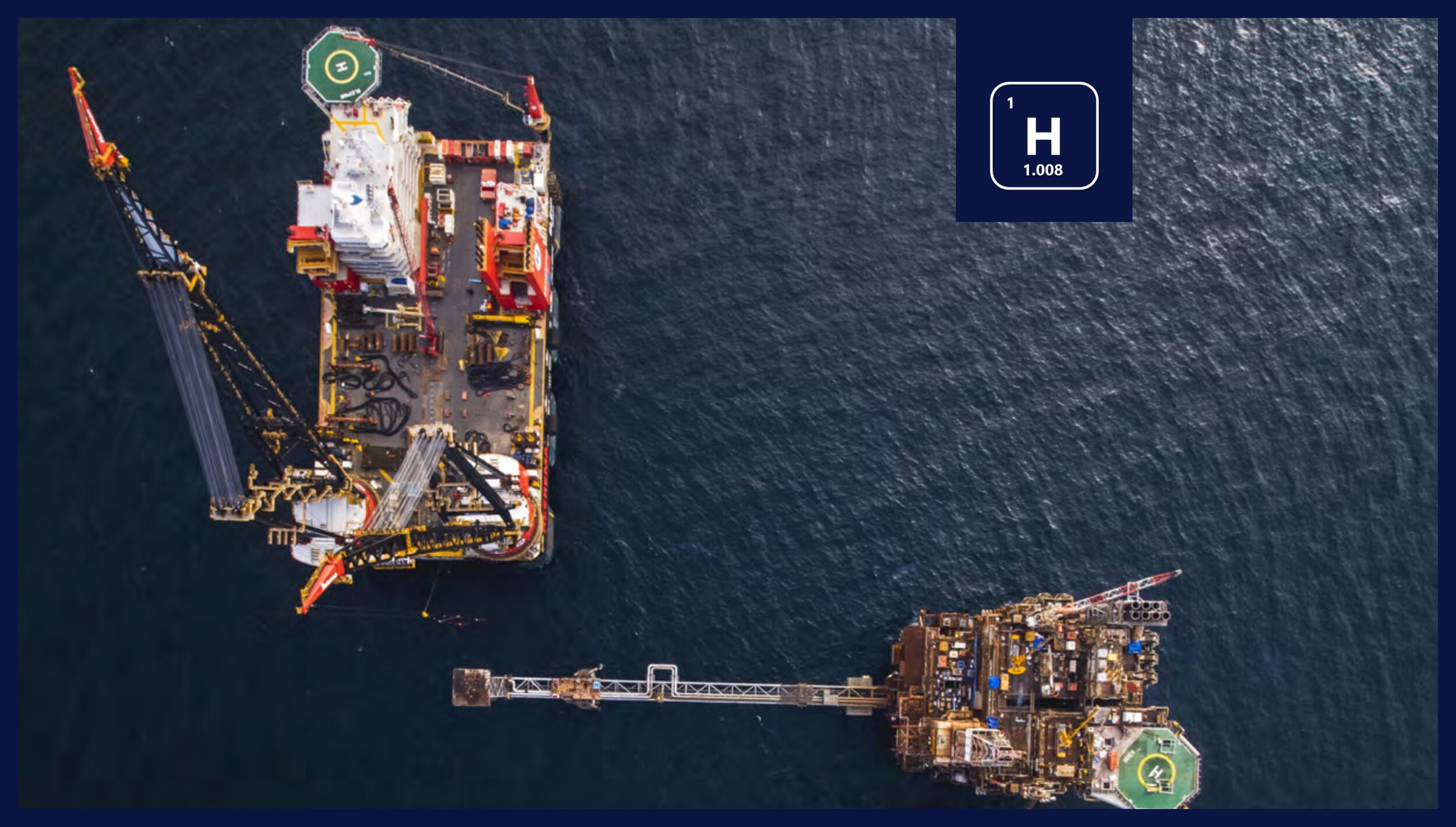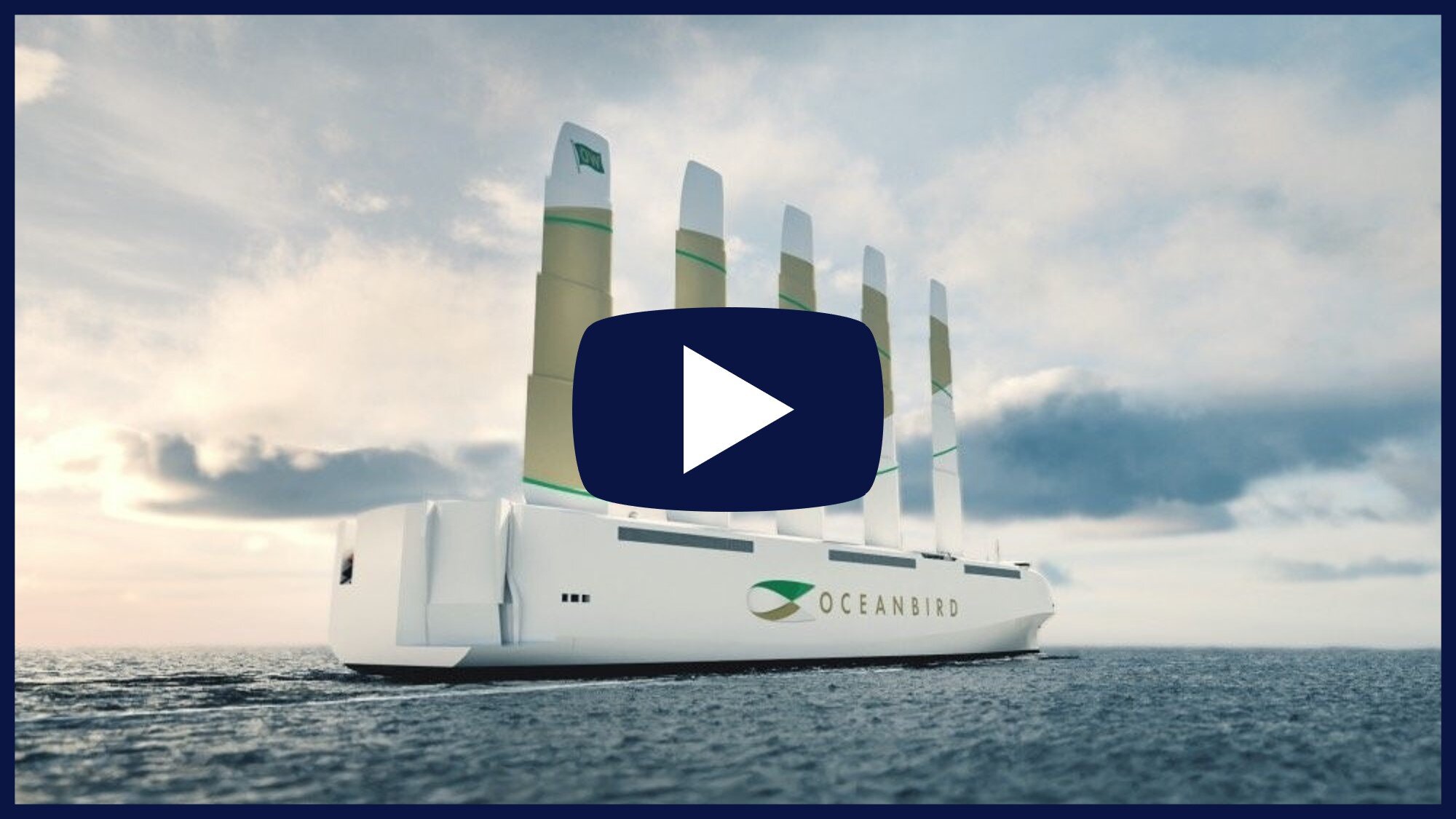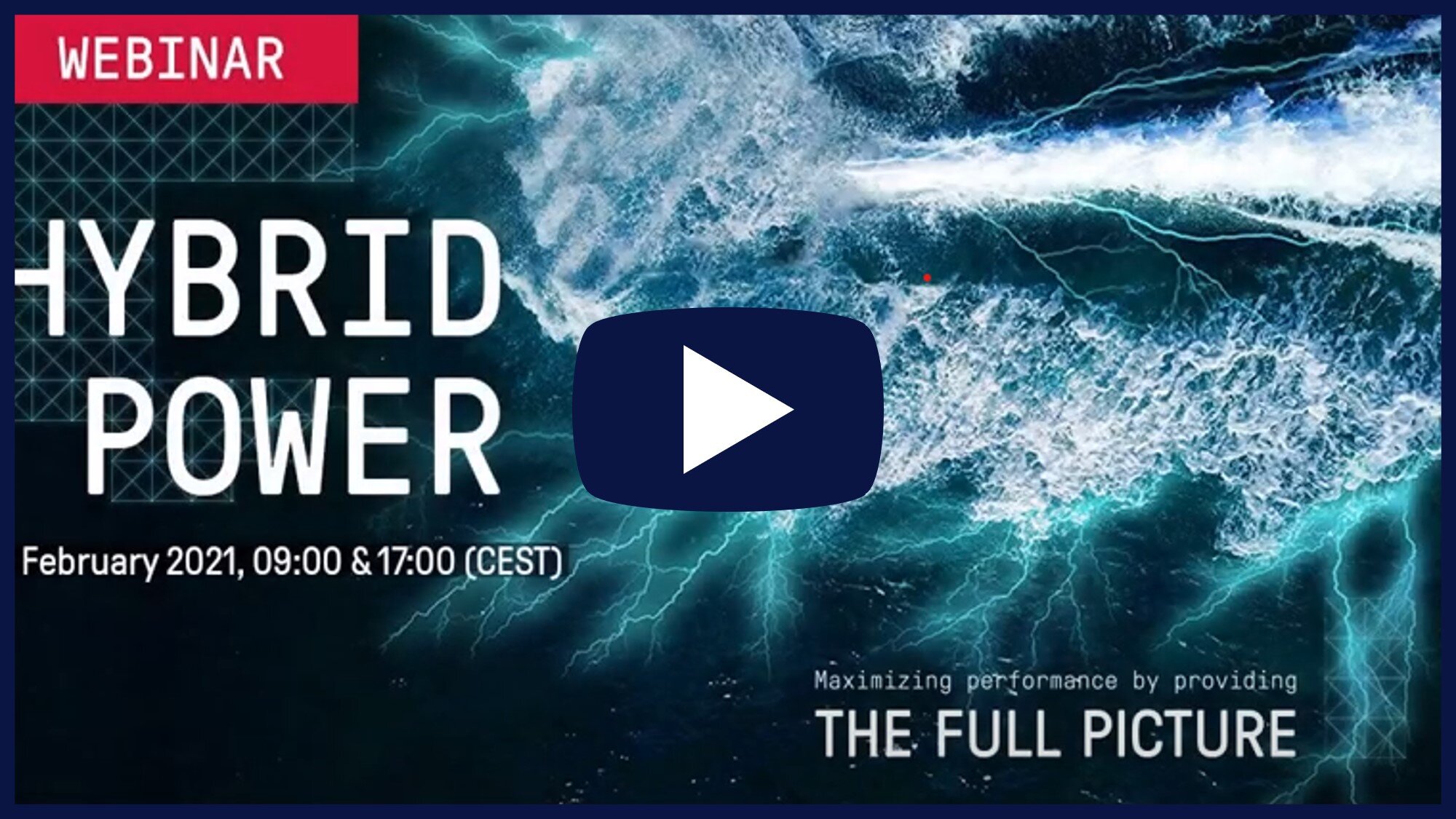Stories
Inspiring examples on maritime sustainability for shipowners and technology suppliers
Overview of Shore Power Sockets and Plugs - 1
This blog provides an overview of (European/Dutch) shore power sockets and plugs. They are categorized into three groups, depending on a ship’s installed power: below 100 kW, below 2.000 kW and above 2.000 kW. Especially below 100 kW, there is great diversification of plugs which would merit the creation of a ‘universal adapter’ for ships. Share your experience to help other shipowners.
FCWave - 200 kW Hydrogen Fuel Cell with Thomas Petersen
Join Thomas Therkild Petersen as he presents the FCWave, a modular 200 kW hydrogen fuel cell for marine purposes made by Ballard. It is the only DNV type approved hydrogen fuel cell on the market. At the size of a large cabinet, it can be directly integrated into most engine rooms without a hitch. Watch this video to gain insights on one of the best hydrogen fuel cell systems available for the maritime industry.
Decarbonizer Tutorial
This tutorial will show you how to use the Decarbonizer in order to get a personalized roadmap to decarbonize your vessel. In just a few clicks, you receive freely available insights into which carbon reduction measures are best suited for your vessel.
Hullvane with Bruno Bouckaert
Join Bruno Bouckaert as we discuss 'Hull Vane', an energy saving device for medium-speed and fast displacement vessels. These include superyachts, naval ships, patrol vessels, offshore vessels, ferries, roro vessels and expedition cruise vessels. Full scale trials show confirmed savings of 5-25% on suitable ships.
Ecospeed with Martijn van Ruiten
Join Martijn van Ruiten as we discuss Ecospeed, a proven, non-toxic, cost-effective alternative technology for underwater ship hull protection and biofouling control. It can save up to 10-25% of fuel consumption and emissions, some specific cases even claim a reduction as high as 40% or more.
Battery for inland vessels
In February 2022, Skoon placed a battery system on Noordereiland for the Port of Rotterdam to boost shore power for stationary inland vessels. Addressing power shortfalls, the battery supported shore power cabinets, successfully delivering up to 63A without tripping fuses, benefiting both vessels and residents. This solution also enabled supplying power to larger ships, aligning with sustainability goals and showcasing potential expansion across the city center.
Inside The World's First Electric Cargo Ship - Yara Birkeland
Dubbed ‘the Tesla of the seas’ this fully-electrified, fully-autonomous cargo ship is already making waves. The Yara Birkeland has a 7MWh battery, charged by Norwegian hydro power. She can carry a little over 100 containers. The ship cost about 25 million dollars, about three times a “conventional ship price”, but will nonetheless cut OPEX for Yara by 90%.
Hydrogen Powered Propulsion for an Offshore Crane Vessel
This thesis performs a technical, economical and environmental feasibility study of three dense hydrogen carriers as a fuel to power the largest semi-submersible offshore crane vessel in the world – Heerema’s Sleipnir.
Get Ready for the Alfa Lift, an Electric-Hybrid Heavy Lift Crane Vessel
The Alfa Lift, a new build heavy lift crane vessel owned by Offshore Heavy Transport, is on track to enter service by early 2022. The vessel features a 3,000 ton main crane, 10,000+ m² smart deck which can be fully submerged to a depth of 15 meters and a electric-hybrid battery system made by Kongsberg.
Thailand builds a massive floating hydro-solar farm
Thailand is close to completing one the world's biggest hydro-floating solar hybrid farms on the surface of a dam, part of steps towards boosting renewable energy production after years of criticism for reliance on fossil fuels.
Introducing Oceanbird – the wind powered cargo vessel
Pioneering an innovative wind-powered propulsion technology, Wallenius Marine is launching Oceanbird as a next-generation, sustainable transport vessel. Here’s Carl-Johan Söder Naval Architect & Project Manager for Oceanbird with perspective on how Oceanbird promises to smash the International Maritime Organisation’s climate emission targets.
Which will be the First Hydrogen-Powered Inland Vessel in Rotterdam?
A curious coincidence In Rotterdam. Two vessels - the ‘MS Antonie’ and ‘the Maas’ claim to become ‘the first hydrogen inland vessel’ in Rotterdam. We have translated their claims from two Dutch news outlets and made a comparison which might help you on your hydrogen journey. The race is on for the first hydrogen-powered inland vessel in Rotterdam!
Methanol Hybrid Offshore Working Vessels
This thesis by J.M. Rozendaal at van Oord focuses on the technical, environmental and economic impact of a methanol hybrid power plant design for new-build offshore working vessels. Its conclusion is that a methanol solution has a CO2 reduction potential up to 99% and a CO2 price of 78 euro per ton CO2 reduction.
Wärtsilä 54 MW Power Barge
In 2020, Wärtsilä was awared a combined contract by Therma Marine Inc. (TMI) for a barge-mounted 54 MW / 32 MWh energy storage system. The power barge consists of ten Wärtsilä GridSolv Max systems, supported by the the GEMS energy management platform. Total costs of this power barge are estimated at €16M for the battery packs plus €8.1M for the power equipment excluding engineering and installation.
Webinar - Kongsberg Hybrid Solutions
A webinar on hybrid propulsion systems for offshore giving an introduction to a selection of our hybrid battery solutions and the advantages they offer.
Equinor moves ahead with CCS
Following a historic vote in parliament on December 15th 2020, the Norwegian Government announced its funding decision for the ‘Northern Lights’ CO2 transport and storage project. The project aims to create a carbon capture and storage hub in Norway, open to third parties. It will be the first ever cross-border, open-source CO2 transport and storage infrastructure network and offers European industrial emitters the opportunity to store their CO2 safely and permanently underground.
Equinor Flirts with Floating Solar
Equinor will explore opportunities within the realm of floating solar power. Together with Moss Maritime the company wants to start testing near the island of Frøya in the late summer of 2021. The plant will measure 6400 m2 and rise 3 meters above sea level and appears to be made of interlinked rigid structures.
The Big Friendly Hybrid Giant
The North Sea Giant, a Norwegian offshore construction vessel, is the first DNV class-approved ‘hybrid’ DP3 vessel with three batteries on-board that have a total capacity of 2.034 kWh. The batteries have been installed in an upgrade and serve the purpose of spinning reserve, peak shaving and load leveling. Since then, fuel consumption is reduced in all operational modes with over 2 million liters of diesel per year, saving up to 30% fuel.
Shore Power by Heerema
This is a story about how the shore power connection for Heerema in the Port of Rotterdam was realized from idea to reality. It is told from the perspective of Heerema, but could not be realized without help from Eneco, Siemens, Port of Rotterdam, the City Council of Rotterdam and InnovationQuarter. This story portrays the power of open collaboration for a sustainable future, and shows what can be achieved when working together on a common cause.
Hurtigruten’s New Hybrid Ships
Designed in 2017 and launched in 2018, Hurtigreten has launched two new hybrid cruise vessels, the MS Roald Amundsen and MS Fridjof Nansen, that can sail fully electric for up to 30 minutes. Not only will it significantly reduce emissions, a hybrid system is also extremely quit. Arctic exploration has never been so much fun!




















